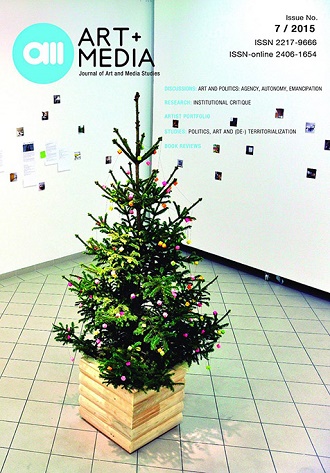The Living in Art since the 1960s: A Deep Link to Politics
The Living in Art since the 1960s: A Deep Link to Politics
Author(s): Camille PrunetSubject(s): Theatre, Dance, Performing Arts, Structuralism and Post-Structuralism, Analytic Philosophy, Politics and society
Published by: Fakultet za medije i komunikacije - Univerzitet Singidunum
Keywords: bioart; nature; technology; human beings; life control; utopia; transgression
Summary/Abstract: The use of the living as a medium in art increased after the Second World War. During the 1960s, some artworks were related to an ecological consciousness, or to the beginnings of computer science, which was associated with biology at this early stage. Both of these two modes of using the living are now finally together, in what is called biotechnological art. Defining the living is a deeply political issue, as we may see, for instance, in the problematic of animal rights, defended by the environmentalist movement. When does life begin? What is specific to human life? What is the value of life? As Hans Cova has written, “instead of changing the world at all costs, it would be better to ensure that it doesn’t disappear right before our (in)credulous eyes”.1 The huge changes effected by the evolution of knowledge in biotechnology and science confirm the human temptation to control life. This type of questions haunt works using living elements. In such works, artists use a problematic type of material and have to deal with its political aspects. Through works by Fujiko Nakaya, Piotr Kowalski, Tissue Culture and Art, and Art Orienté objet, I examine the work of artists engaged in this political discussion on our future life (of plants, animals, and humans).
Journal: AM Časopis za studije umetnosti i medija
- Issue Year: 2015
- Issue No: 07
- Page Range: 57-62
- Page Count: 6
- Language: English

